I have a Core Data Model with three entities:
Person, Group, Photo with relationships between them as follows:
- Person <<-----------> Group (one to many relationship)
- Person <-------------> Photo (one to one)
When I perform a fetch using the NSFetchedResultsController in a UITableView, I want to group in sections the Person objects using the Group's entity name attribute.
For that, I use sectionNameKeyPath:@"group.name".
The problem is that when I'm using the attribute from the Group relationship, the NSFetchedResultsController fetches everything upfront in small batches of 20 (I have setFetchBatchSize: 20) instead of fetching batches while I'm scrolling the tableView.
If I use an attribute from the Person entity (like sectionNameKeyPath:@"name") to create sections everything works OK: the NSFetchResultsController loads small batches of 20 objects as I scroll.
The code I use to instantiate the NSFetchedResultsController:
- (NSFetchedResultsController *)fetchedResultsController {
if (_fetchedResultsController) {
return _fetchedResultsController;
}
NSFetchRequest *fetchRequest = [[NSFetchRequest alloc] init];
NSEntityDescription *entity = [NSEntityDescription entityForName:[Person description]
inManagedObjectContext:self.managedObjectContext];
[fetchRequest setEntity:entity];
// Specify how the fetched objects should be sorted
NSSortDescriptor *groupSortDescriptor = [[NSSortDescriptor alloc] initWithKey:@"group.name"
ascending:YES];
NSSortDescriptor *personSortDescriptor = [[NSSortDescriptor alloc] initWithKey:@"birthName"
ascending:YES
selector:@selector(localizedStandardCompare:)];
[fetchRequest setSortDescriptors:[NSArray arrayWithObjects:groupSortDescriptor, personSortDescriptor, nil]];
[fetchRequest setRelationshipKeyPathsForPrefetching:@[@"group", @"photo"]];
[fetchRequest setFetchBatchSize:20];
NSError *error = nil;
NSArray *fetchedObjects = [self.managedObjectContext executeFetchRequest:fetchRequest error:&error];
if (fetchedObjects == nil) {
NSLog(@"Error Fetching: %@", error);
}
_fetchedResultsController = [[NSFetchedResultsController alloc] initWithFetchRequest:fetchRequest
managedObjectContext:self.managedObjectContext sectionNameKeyPath:@"group.name" cacheName:@"masterCache"];
_fetchedResultsController.delegate = self;
return _fetchedResultsController;
}
This is what I get in Instruments if I create sections based on "group.name" without any interaction with the App's UI:

And this is what I get (with a bit of scrolling on UITableView) if sectionNameKeyPath is nil:

Please, can anyone help me out on this issue?
EDIT 1:
It seems that I get inconsistent results from the simulator and Instruments: when I've asked this question, the app was starting in the simulator in about 10 seconds (by Time Profiler) using the above code.
But today, using the same code as above, the app starts in the simulator in 900ms even if it makes a temporary upfront fetch for all the objects and it's not blocking the UI.
I've attached some fresh screenshots:



EDIT 2:
I reset the simulator and the results are intriguing: after performing an import operation and quitting the app the first run looked like this:
 After a bit of scrolling:
After a bit of scrolling:
 Now this is what happens on a second run:
Now this is what happens on a second run:
 After the fifth run:
After the fifth run:

EDIT 3:
Running the app the seventh time and eight time, I get this:

